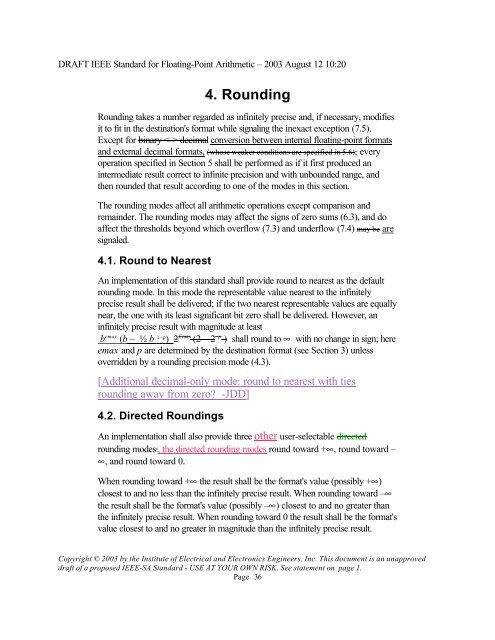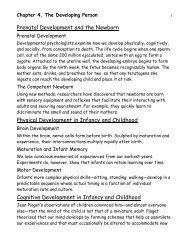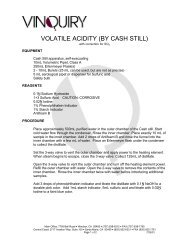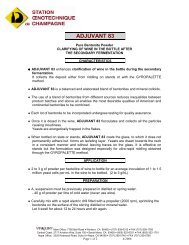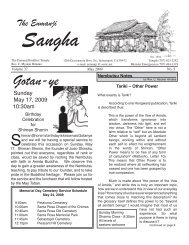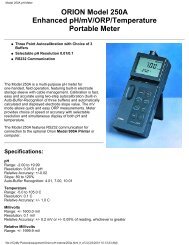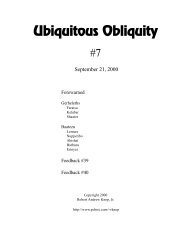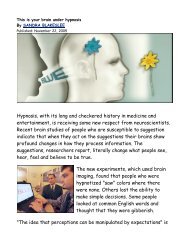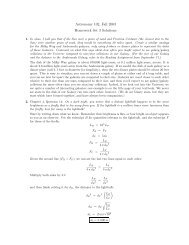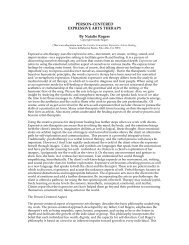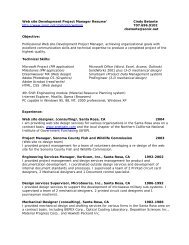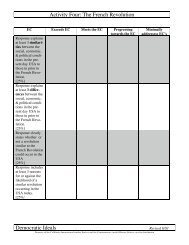DRAFT IEEE Standard for Binary Floating-Point Arithmetic - Sonic.net
DRAFT IEEE Standard for Binary Floating-Point Arithmetic - Sonic.net
DRAFT IEEE Standard for Binary Floating-Point Arithmetic - Sonic.net
You also want an ePaper? Increase the reach of your titles
YUMPU automatically turns print PDFs into web optimized ePapers that Google loves.
<strong>DRAFT</strong> <strong>IEEE</strong> <strong>Standard</strong> <strong>for</strong> <strong>Floating</strong>-<strong>Point</strong> <strong>Arithmetic</strong> – 2003 August 12 10:20<br />
4. Rounding<br />
Rounding takes a number regarded as infinitely precise and, if necessary, modifies<br />
it to fit in the destination's <strong>for</strong>mat while signaling the inexact exception (7.5).<br />
Except <strong>for</strong> binary decimal conversion between internal floating-point <strong>for</strong>mats<br />
and external decimal <strong>for</strong>mats, (whose weaker conditions are specified in 5.6), every<br />
operation specified in Section 5 shall be per<strong>for</strong>med as if it first produced an<br />
intermediate result correct to infinite precision and with unbounded range, and<br />
then rounded that result according to one of the modes in this section.<br />
The rounding modes affect all arithmetic operations except comparison and<br />
remainder. The rounding modes may affect the signs of zero sums (6.3), and do<br />
affect the thresholds beyond which overflow (7.3) and underflow (7.4) may be are<br />
signaled.<br />
4.1. Round to Nearest<br />
An implementation of this standard shall provide round to nearest as the default<br />
rounding mode. In this mode the representable value nearest to the infinitely<br />
precise result shall be delivered; if the two nearest representable values are equally<br />
near, the one with its least significant bit zero shall be delivered. However, an<br />
infinitely precise result with magnitude at least<br />
b emax (b – ½ b 1 −p<br />
) 2 Emax (2 – 2 −p ) shall round to ¥ with no change in sign; here<br />
emax and p are determined by the destination <strong>for</strong>mat (see Section 3) unless<br />
overridden by a rounding precision mode (4.3).<br />
[Additional decimal-only mode: round to nearest with ties<br />
rounding away from zero? -JDD]<br />
4.2. Directed Roundings<br />
An implementation shall also provide three other user-selectable directed<br />
rounding modes:, the directed rounding modes round toward +¥, round toward –<br />
¥, and round toward 0.<br />
When rounding toward +¥ the result shall be the <strong>for</strong>mat's value (possibly +¥)<br />
closest to and no less than the infinitely precise result. When rounding toward –¥<br />
the result shall be the <strong>for</strong>mat's value (possibly –¥) closest to and no greater than<br />
the infinitely precise result. When rounding toward 0 the result shall be the <strong>for</strong>mat's<br />
value closest to and no greater in magnitude than the infinitely precise result.<br />
Copyright © 2003 by the Institute of Electrical and Electronics Engineers, Inc. This document is an unapproved<br />
draft of a proposed <strong>IEEE</strong>-SA <strong>Standard</strong> - USE AT YOUR OWN RISK. See statement on page 1.<br />
Page 36


